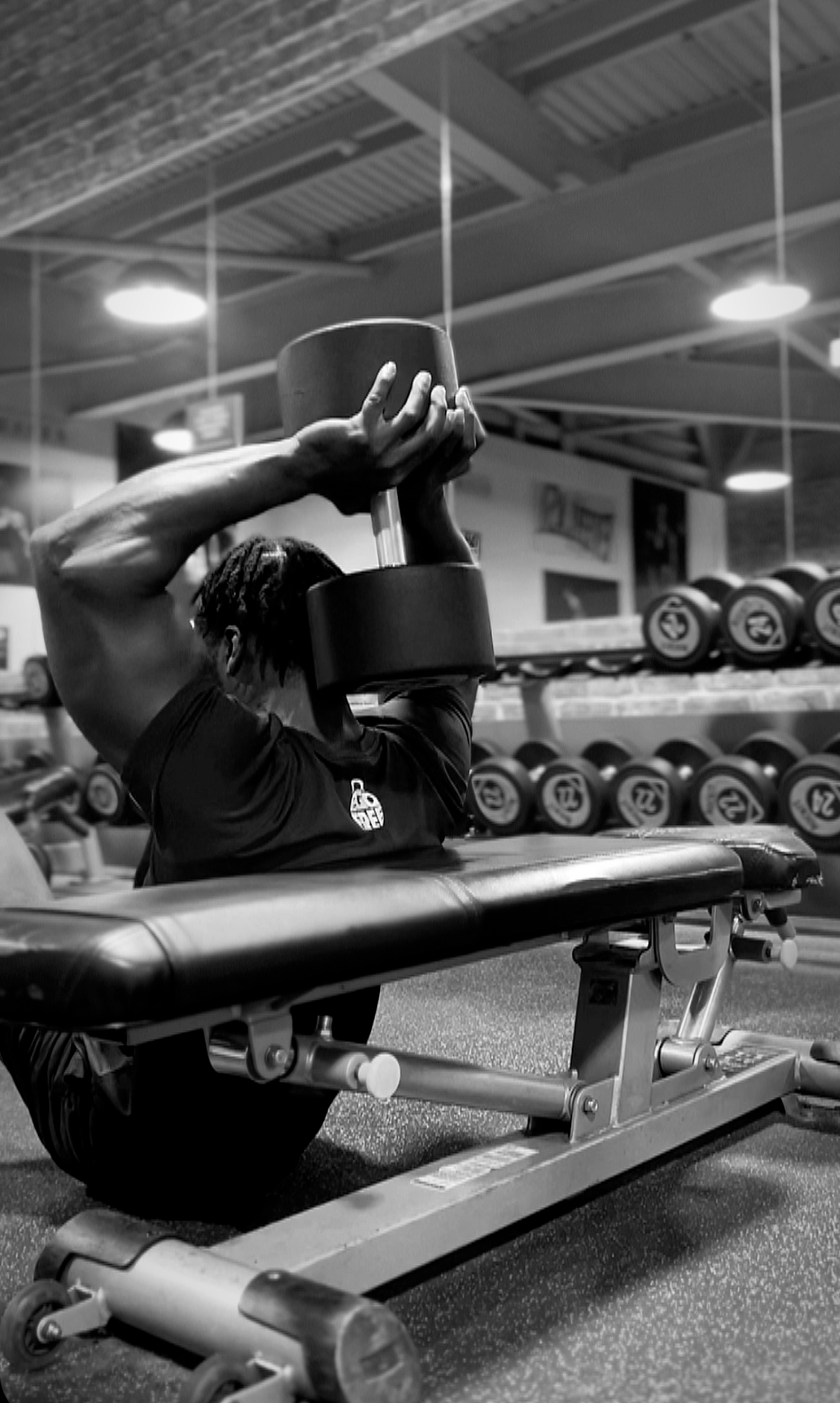Creating Inclusive Group Fitness Events for All Skill Levels
- Dee

- Jun 17
- 4 min read
In the world of fitness, inclusivity is not just a buzzword; it’s a crucial component of creating a welcoming environment. Group fitness events can attract a diverse range of participants, from seasoned athletes to beginners. It’s essential to ensure that everyone feels comfortable and capable of joining in on the fun. This blog will explore strategies to create inclusive group fitness events that cater to all skill levels.
Understanding the Importance of Inclusive Group Fitness
Create an atmosphere where everyone can thrive. Inclusive group fitness events can foster connection, build community, and enhance participants' wellness. Research shows that inclusive programs can lead to higher retention rates. Participants are more likely to return when they feel accepted and valued.
Community engagement is a vital aspect of group fitness. When events cater to a wide range of skill levels, they promote participation and encourage social interaction. Building relationships among diverse groups can create a supportive community that nurtures commitment and growth in fitness journeys.

Designing Group Fitness Activities for All Skill Levels
When planning your next group fitness event, consider incorporating different activity levels into your sessions. Use these strategies to ensure everyone can participate:
Offer Modifications: Provide modifications for each exercise. For example, if you’re doing push-ups, offer knee push-ups as a beginner-friendly option. This ensures everyone can engage at their comfort level.
Create Clear Communication: Use clear and encouraging language when explaining exercises. Speak slowly and give participants time to ask questions. This builds confidence and ensures understanding.
Use Visual Aids: Visual aids can help all fitness levels. Display charts or posters showing modifications and alternatives for various exercises. This way, participants can reference materials easily, allowing them to engage at their skill level.
Incorporate Interval Training: Interval training involves alternating between high- and low-intensity exercises. This allows everyone to work at their own pace. For instance, while experienced participants sprint, beginners can opt for a brisk walk or slower jog.
Incorporating these strategies will help create a space where every participant believes they can succeed.

Encouraging Participation Through Team Dynamics
One of the most effective ways to ensure all skill levels are included is through team dynamics. Fostering a team-centered approach encourages camaraderie and motivation. Here are some strategies:
Pair Participants Thoughtfully: When creating teams or pairs, consider pairing more experienced individuals with beginners. This allows beginners to learn in a supportive environment and fosters connections.
Set Group Goals: Establishing achievable group goals can draw everyone in. For instance, aim for a collective number of workout hours or repetitions. This encourages teamwork and gives everyone a shared sense of purpose.
Recognize Individual Achievements: Celebrate achievements within the group, regardless of skill level. Acknowledge that every step taken is significant. Recognition can bolster confidence and motivate individuals to continue their fitness journeys.
Incorporating teamwork strategies can transform your event from individual workouts into a community celebration.
Creating a Welcoming Environment
Creating a welcoming and safe environment is vital for inclusive group fitness events. Here are ways to ensure everyone feels a sense of belonging:
Diversity in Marketing: Use diverse imagery and language in your marketing materials. Showcase participants of various skill levels, backgrounds, and body types to demonstrate that your class is for everyone.
Host Introductory Sessions: Offering free introductory sessions can be a great way for newcomers to engage without feeling overwhelmed. It also gives them a chance to learn basic concepts before jumping into full classes.
Gather Feedback: Always ask participants for feedback after events. Use surveys or informal chats to understand what worked and what could be improved. This shows that you value their input and are committed to making the experience inclusive.
Train Your Instructors: Equip your fitness instructors with training on the importance of inclusivity. Encourage them to communicate positively with participants and focus on a welcoming atmosphere during sessions.
Benefits of Inclusivity in Group Fitness
The benefits of creating inclusive fitness events extend beyond the immediate experience. They can lead to long-term positive effects, including:
Increased Participation Rates: When individuals know that they can safely participate at their level, they are more likely to show up, increasing class size and group activities.
Enhanced Community Building: Inclusive events create bonds between participants that can lead to lasting friendships and support networks. This camaraderie can improve attendance and commitment.
Reduced Anxiety: Newcomers often feel intimidated by fitness classes. An inclusive environment can alleviate anxiety by reassuring members that they are welcomed at any skill level.
Focusing on these benefits reinforces the importance of creating a welcoming space.

Final Thoughts on Inclusive Group Fitness Events
By actively promoting inclusivity in your group fitness events, you are making a significant investment in your community. The journey toward fitness should be available to everyone, regardless of their skill levels or previous experience.
Here are some final actionable tips to take with you:
Continuously Educate Yourself and Others: Stay current on best practices in inclusive fitness and continually educate your team.
Build a Community: Foster a sense of belonging among participants, focusing on relationship building.
Stay Open to Change: Demonstrate flexibility and adaptability in your approach to inclusivity. What works for one group may not work for another.
Creating inclusive group fitness events is not about changing the workouts but changing perceptions and approaches to ensure everyone feels welcome. Remember, it's the shared experiences that create strong, supportive communities in fitness. Aim for an environment that is not only supportive, but also ego-free, so all participants can thrive together.





Comments